Should you stop flipping your thrift shop finds? 5 designers on when to upcycle a piece and when to leave it alone
Seasoned furniture flippers and interior designers weigh into the upcycling debate plus share their tips

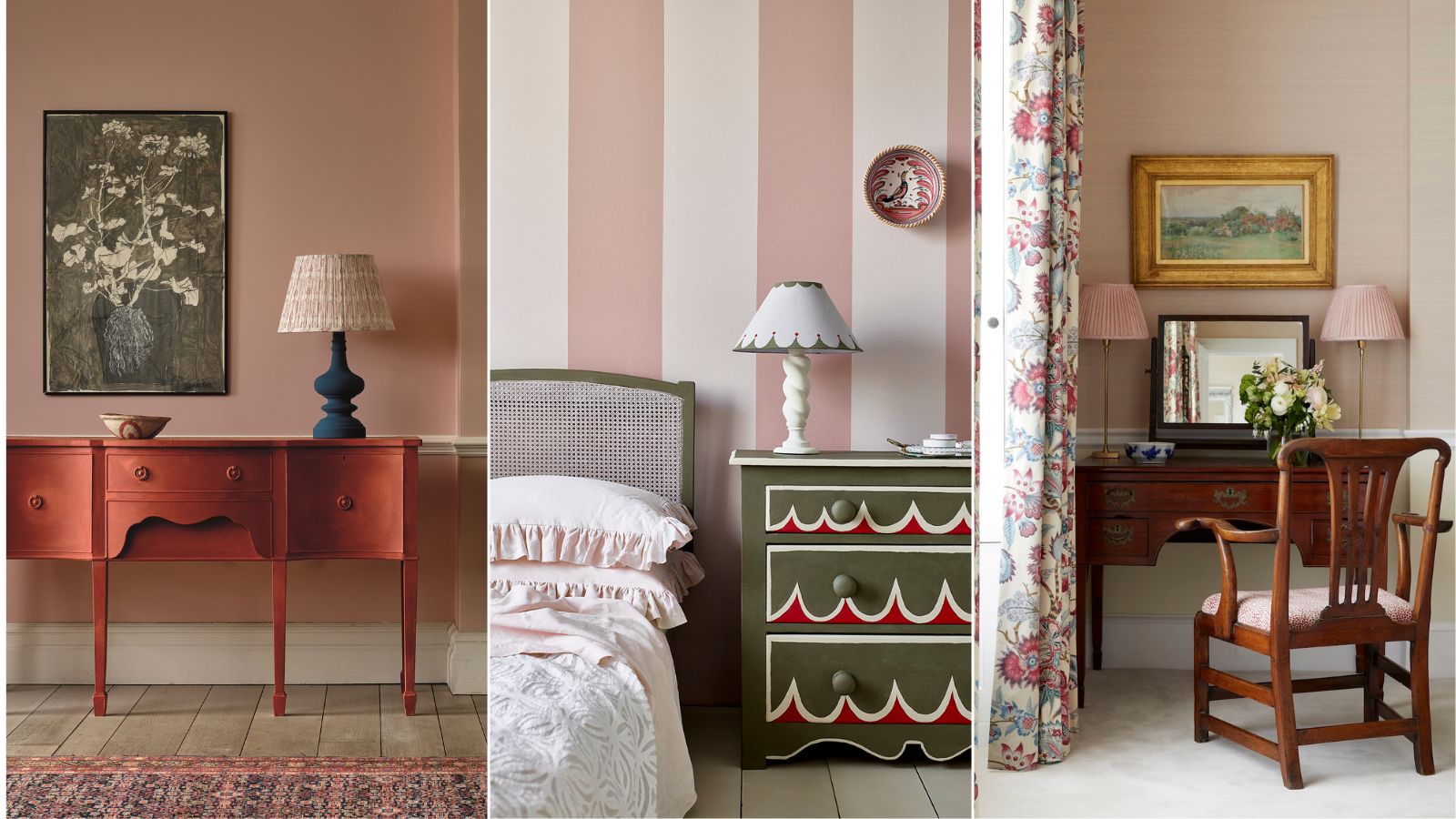
Vintage furniture and collectibles sourced from flea markets, thrift stores or online marketplaces can really enhance interior schemes. They can usually be picked up at bargain prices and often boast superior quality and character compared with modern buys. Upcycling or ‘flipping’ vintage pieces to give them a new lease of life has become popular in recent years as there's been a huge increase in decorating with vintage to add character to homes.
From a simple clean-up and repair to head-turning decorative paint treatments, there are endless ways to give an unwanted piece a new lease of life. They can be lacquered, waxed, reupholstered or you could simply switch up the hardware. Pre-loved pieces also make perfect projects for repurposing – for example, an old sideboard could be mounted with a sink to make a characterful bathroom vanity.
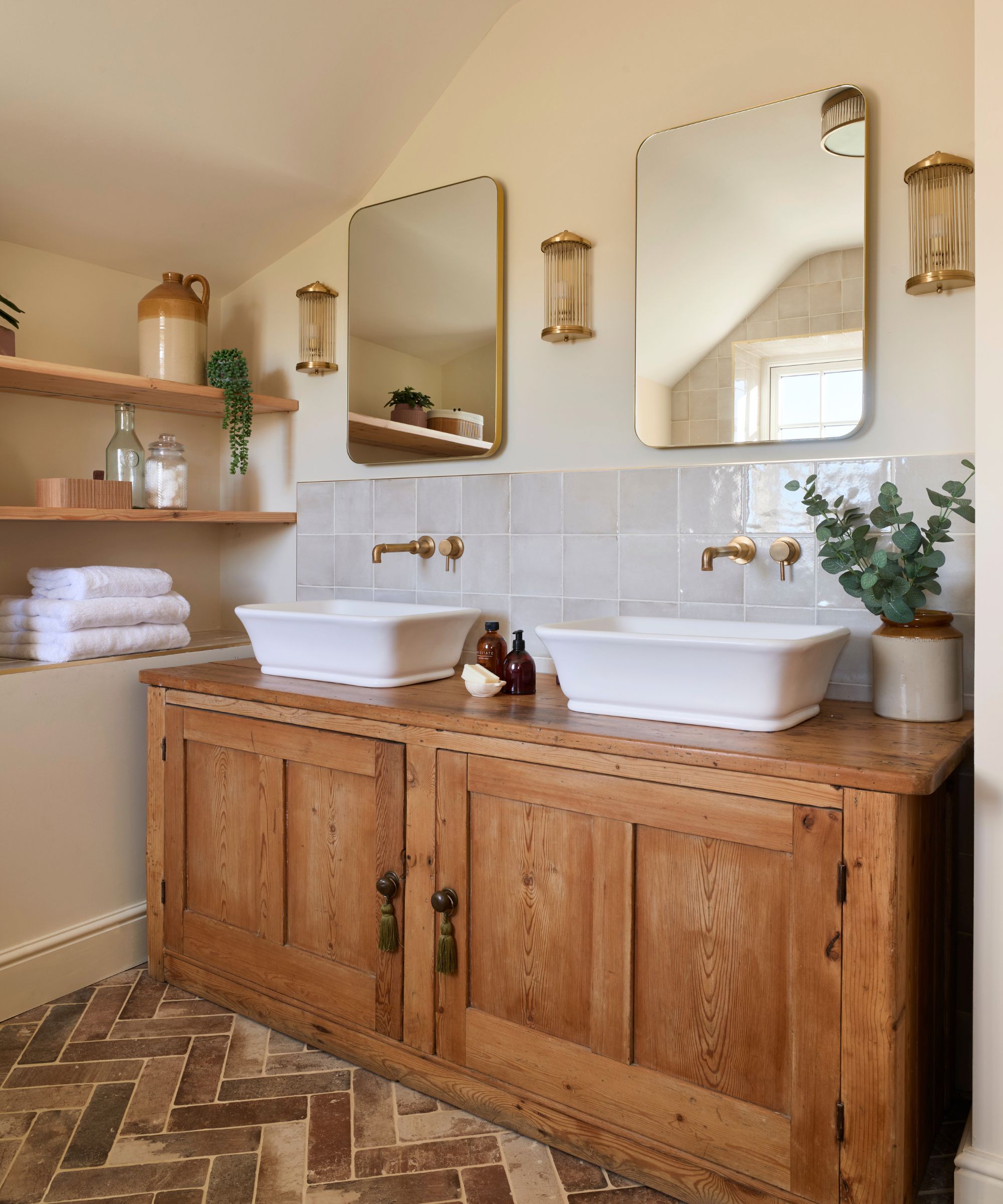
The question is, how do you know which pieces to flip and which you should leave alone? Once an old piece is customized it’s hard to go back, so how can you be sure you’re making the right decision and not defacing a valuable collectible? To answer this question and help give you confidence with your creative projects, we’ve rounded up advice from a range of seasoned furniture upcyclers who specialize in painted furniture to interior designers.
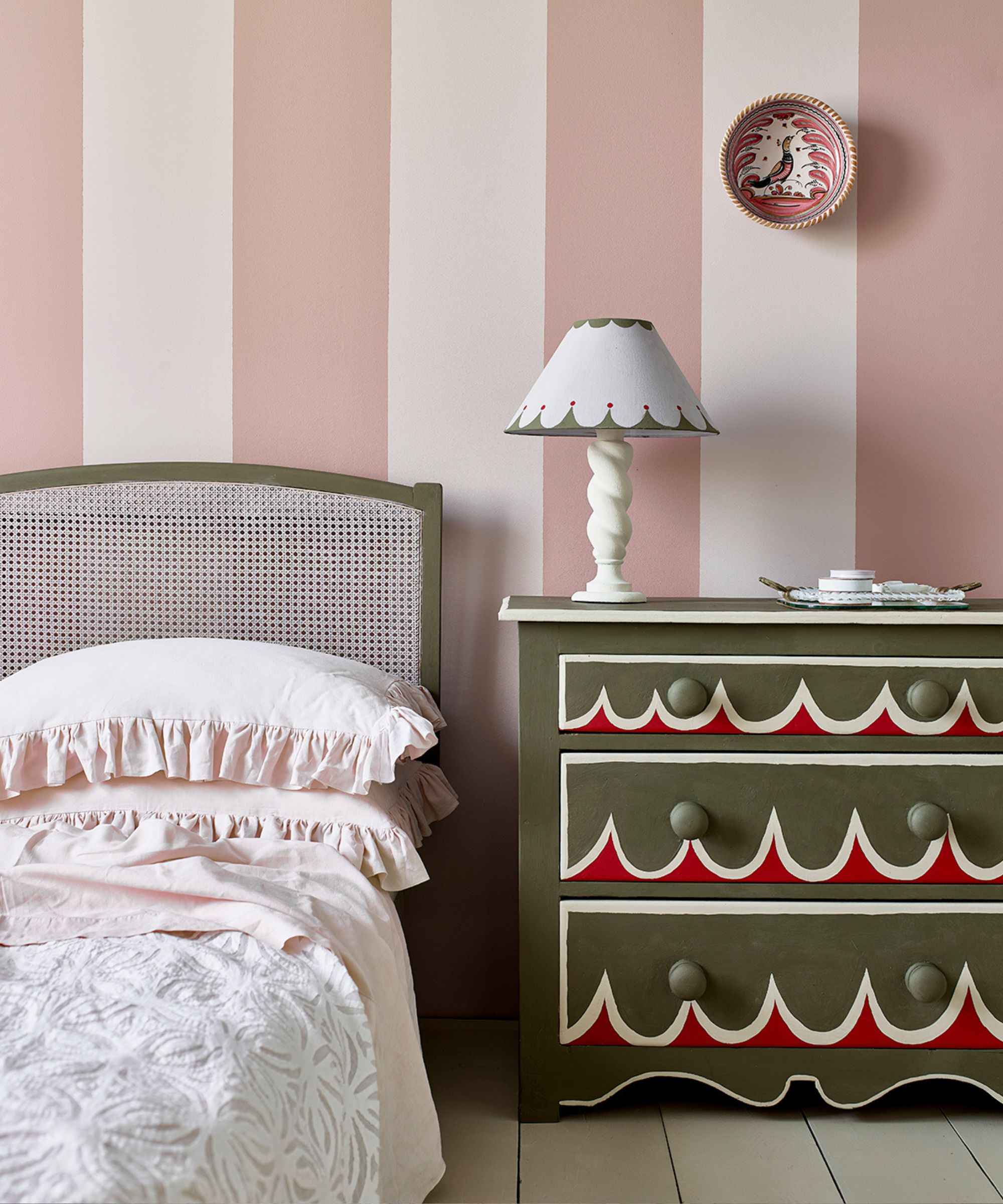
When to flip or upcycle a thrift store find?
There’s no disputing that decorating with antiques can really enhance interiors. Whether it’s working with clients' existing pieces or sourcing specific pieces, many interior designers make use of vintage and antique pieces in their projects to bring narrative and character, plus it’s a great way to decorate sustainably and prevent good quality furniture from going to landfill.
‘They are something that should be included in every design project as they offer another dimension, a depth and a history to a house,’ says Emma Deterding, founder of Kellign Designs. ‘They help to create a story and give it a much more layered and grounded feeling. A modern, minimalist home that is full of shiny new furniture is great for some, but it’s unrealistic, unromantic and rather unforgiving for many.’
But when should you flip or upcycle a piece and when should you leave it alone? Ultimately, there are no rules on whether to flip or upcycle vintage furniture - it comes down to personal taste as well as the value and condition of the piece in question.

Inevitably approaches vary – those that prefer timeless, traditional interiors may favor more period antiques preserved in their original condition. Alternatively, if your style is more playful and you enjoy mixing styles and eras then decorating with thrift store finds revived with a lick of paint or updated hardware may well be for you. When we consulted the experts, opinions varied, but generally, they agreed that it depends on the piece in question.
Design expertise in your inbox – from inspiring decorating ideas and beautiful celebrity homes to practical gardening advice and shopping round-ups.
Generally speaking, if you find a piece in great condition which is a beautiful example of its period and collectible then chances are it’s best left in its original state with sympathetic restoration. Alternatively, something fairly commonplace and inexpensive which might already have slight damage could make for a great creative project.
‘I love to see a bit of funked-up antique furniture, with a lacquered drawer or a piece that’s been converted to a new purpose. It’s about making the furniture work for you, and unless hugely valuable, you shouldn’t be afraid to play with it,’ says Emma Deterding of Kelling Designs. ‘It’s something we do all the time in our interior design projects.’
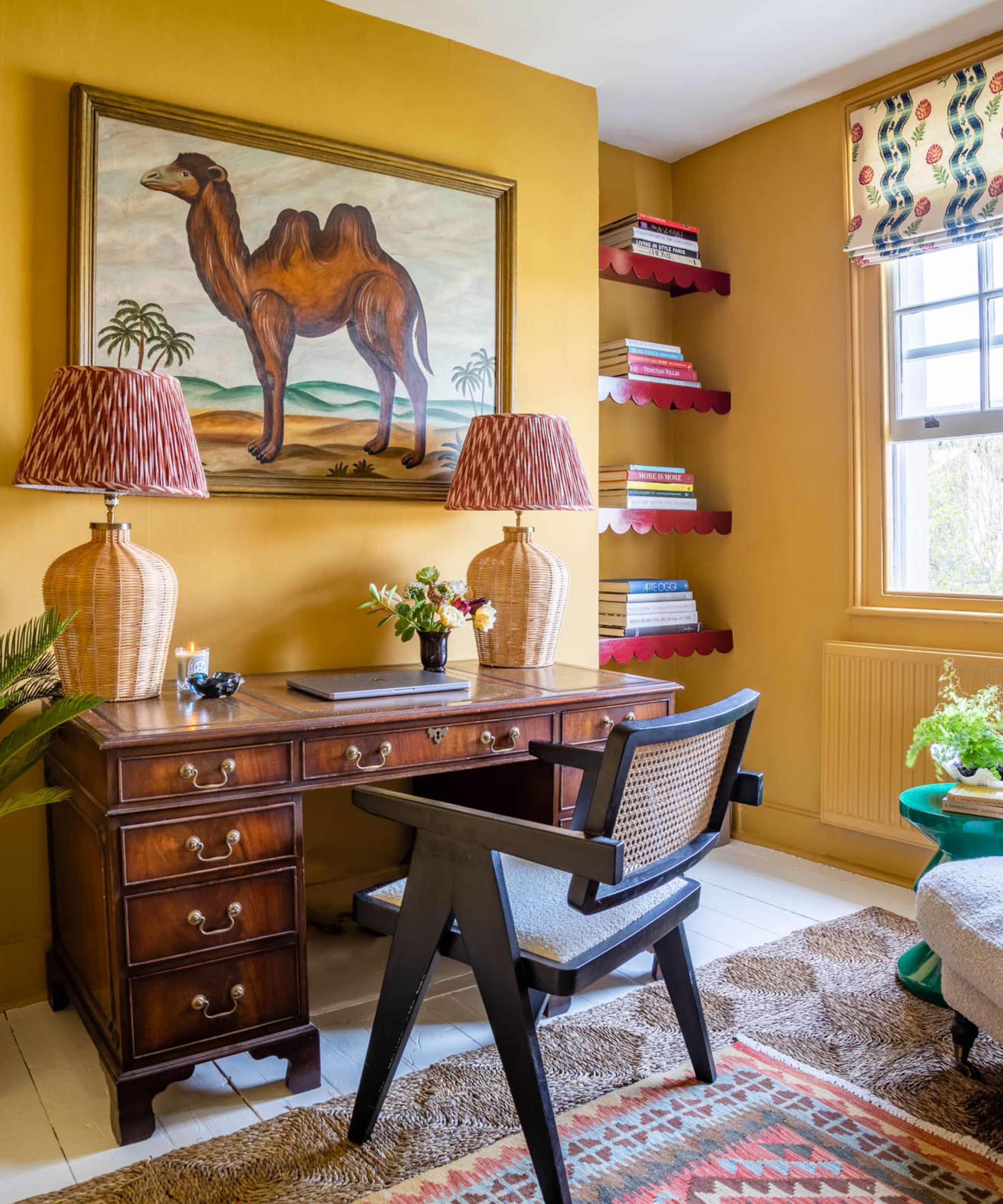
Sometimes designers prefer to take a more purist approach, choosing to preserve pieces in their original state. ‘We prefer to keep vintage and antique pieces as untouched as possible,’ says interior designer Sean Symington. ‘The era of ‘shabby chic’ painted furniture feels firmly behind us. Instead, preserving these pieces in their original, true-to-form condition is far more authentic and inspiring.’
That said, Sean is partial to decorating with vintage fabric and often transforms small pieces into cushion covers and unique lampshades.

‘If a wooden piece has an attractive tone or lovely patina to it I tend not to paint it and let it be,’ adds interior designer Laura Stephens. ‘However, sometimes a vintage piece can be pretty uninspiring, and painting it can give it a new lease of life!’
If you have a piece that no longer fits a certain space or marries with the style you're after then don’t be afraid to alter it - some simple updates could be all you need to keep it purposeful and save it from landfill. ‘A client had this Georgian table which was too small for a dining table but too big to be used as an occasional table. Therefore we cut the back off and repositioned the legs to create a console table which creates a lovely entrance to her kitchen diner.’
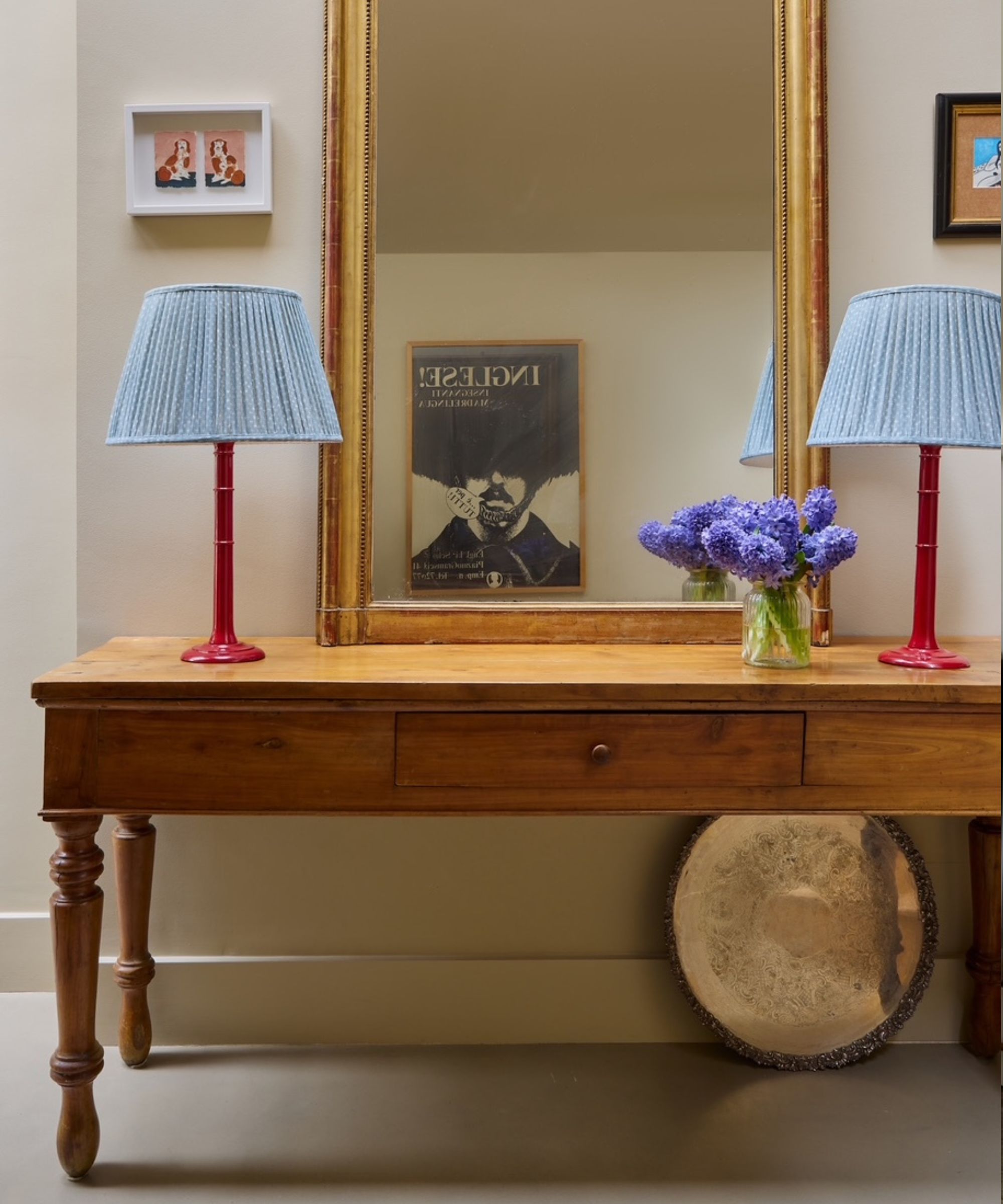
When should you leave a thrift find alone?
Ultimately there are no rules, but generally speaking, if a piece of furniture is in good condition and of significant value it’s best to leave it in its authentic state or have it sympathetically repaired.
‘If you are lucky enough to come across a painted and or gilded piece of truly antique furniture my advice would be to leave it to the experts,’ says Kate Elwell, co-founder of Master the Art: Roger Newton & Daughter School of Decorative Finishes.
‘Also do remember that some things look best worn rather than revived. My Father, who has been in the paint finishes business for over half a century, is famous for liking furniture which has lived a ‘good, but not a hard, life’, adds Kate Elwell. ‘People can be very quick to paint over ‘brown’ furniture but do really examine it first as some can have beautiful inlaid wood which would be a shame to cover up, especially as it may come back into fashion one day!'
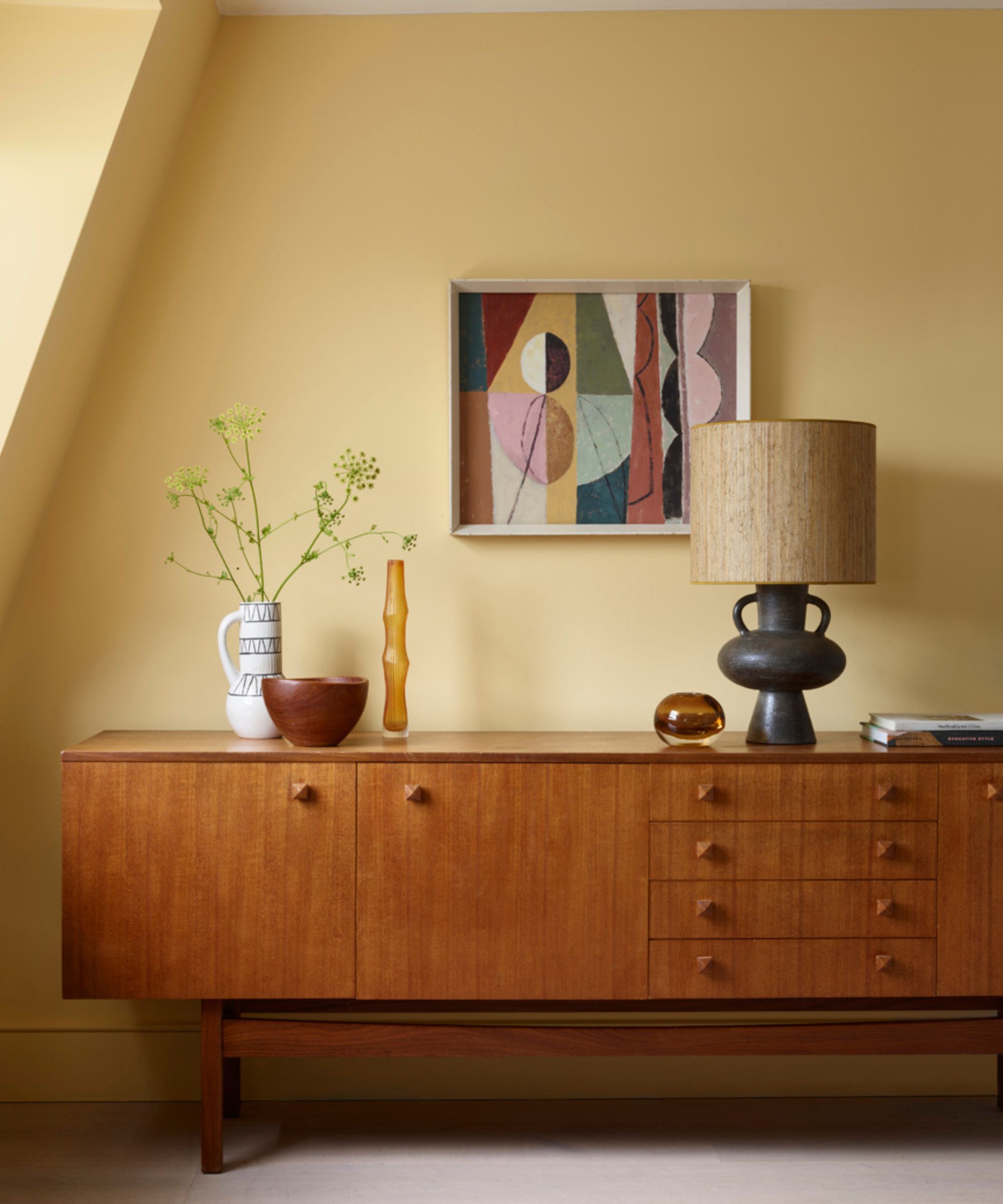
Fine examples of furniture from certain eras such as the Arts & Crafts period and Mid-century modern period can be highly sought-after, so if you're lucky enough to find examples then it's worth considering having these carefully repaired rather than customised. ‘I think Mid-century modern furniture never goes out of style. Usually made from Teak wood veneer, and if in great condition these pieces are usually best refinished and unpainted to keep their value,’ says Megan Yardley, upcycler and founder of Mole & Velvet.
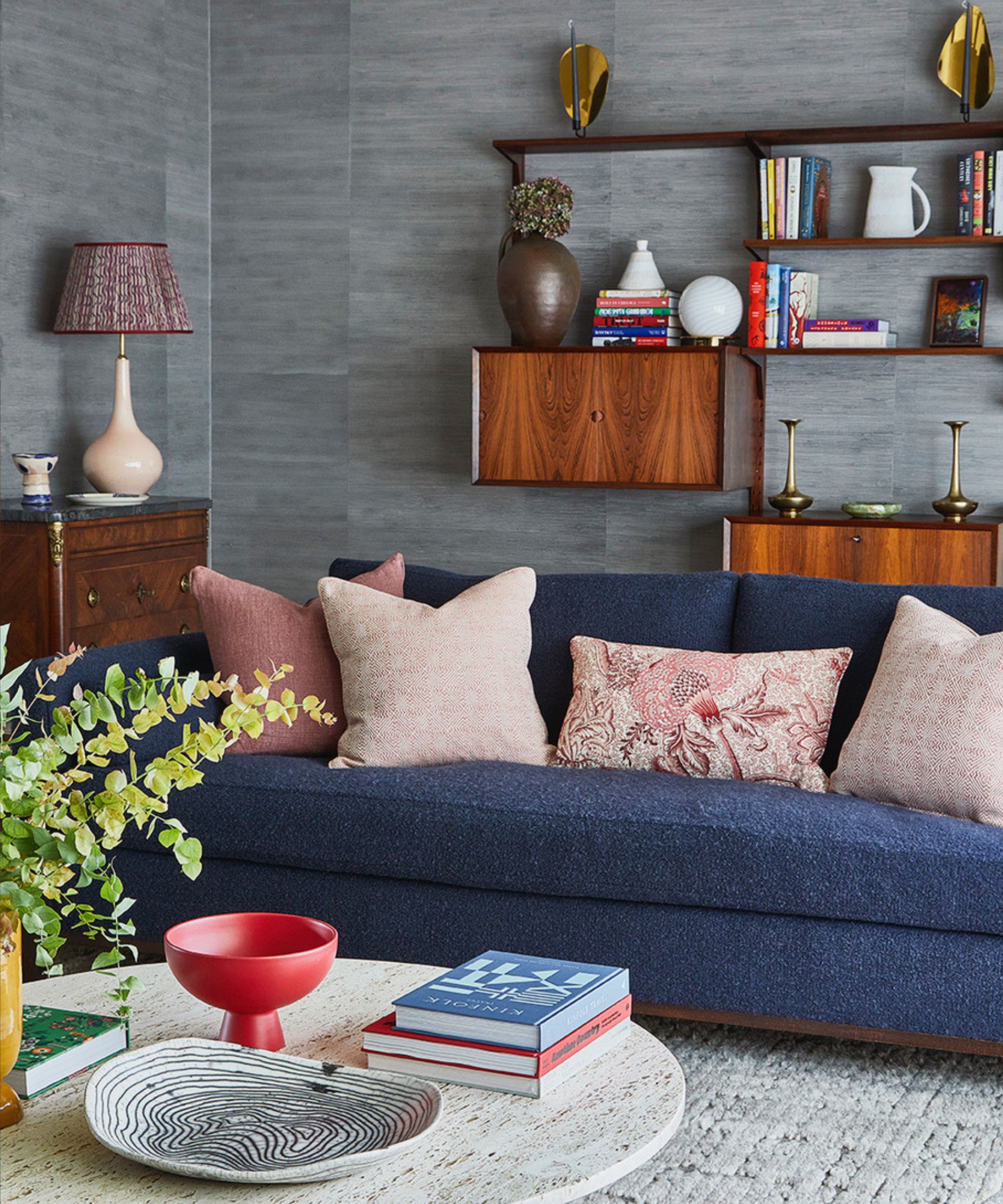
‘Genuine old pine pieces I would say to leave alone, they are timeless and sometimes have a natural worn patina to them from years of love that is hard to recreate,’ adds Megan. ‘However, if you really fancy modernizing these pieces, e.g a pine dresser, just adding paint to the insides of the shelving part is a perfect way to add a pop of color to tie into your existing decor whilst not taking away from the old pine charm!
Many pieces made of solid timber have beautiful natural grain and markings that deserve to be preserved rather than painted over. ‘If an antique piece has walnut burr veneer drawer fronts then I'd leave those unpainted if in good condition, and just paint the main body of the piece, refinishing the burr veneer with an oil to enhance the grain,' adds Megan Yardley.
What to look for when flipping and upcycling furniture
1. Start small
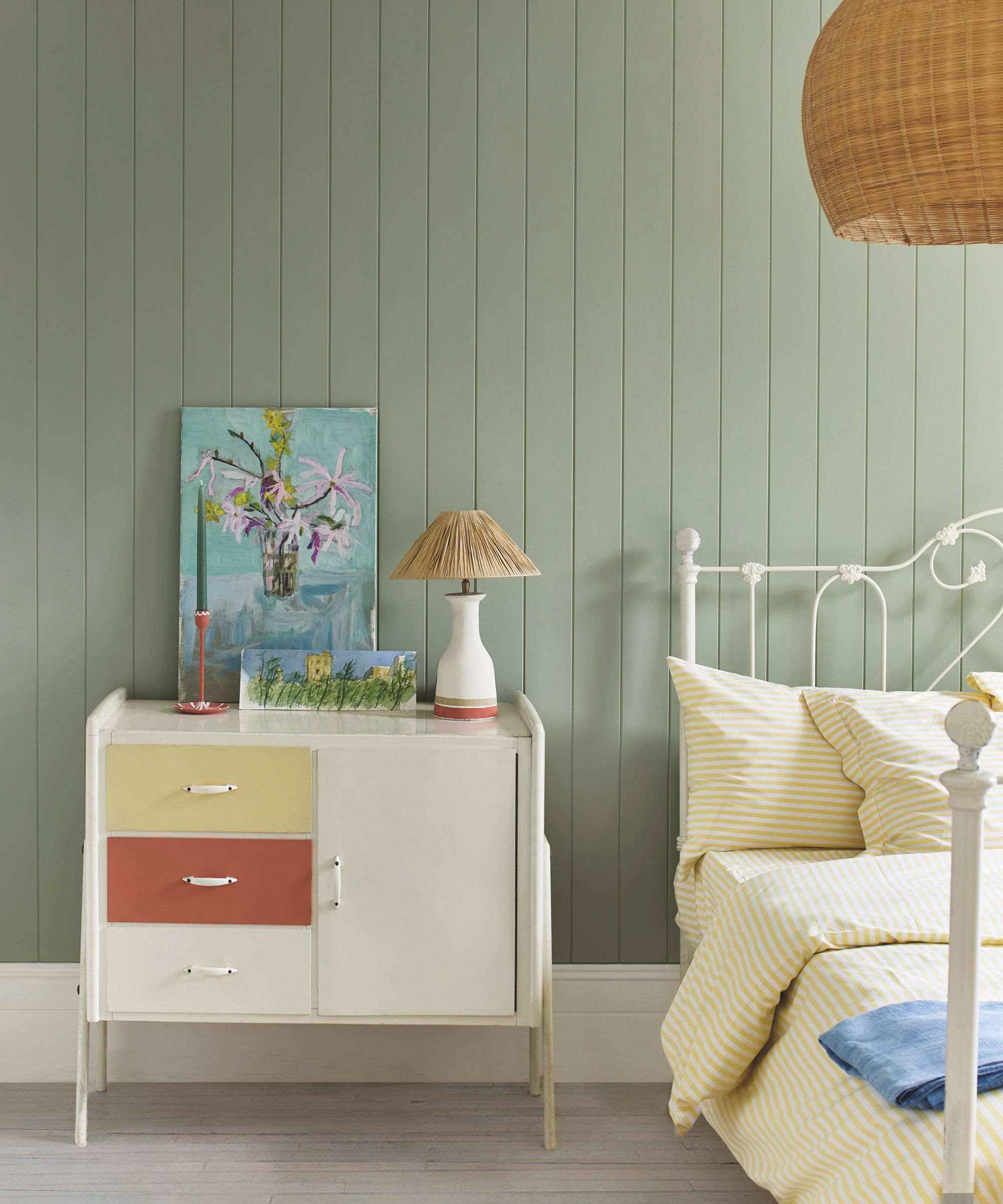
If you're new to flipping furniture and you're looking to experiment then start small, say the experts. ‘Lamps, bedside tables and battered wooden waste paper baskets are very easy low cost finds which can look incredible when painted in faux effects or even oil gilded,' says Kate Elwell, founder of Master the Art.
There are also a number of pint formulas available designed to easily cover all sorts of surfaces which eliminate the lengthy stage of sanding and prepping. 'I invented Chalk Paint in 1990 as a paint you can use on anything without the need for sanding or prep,' says Annie Sloan, creator and founder of Annie Sloan Chalk paint. 'You can paint pretty much anything with my Chalk Paint – plastic, metal, concrete, laminate, even fabric. However, there are some exceptions. You can’t paint silicone – paint simply rejects it and won’t adhere to the surface – and real teak is too oily.'
2. Focus on the shape and quality
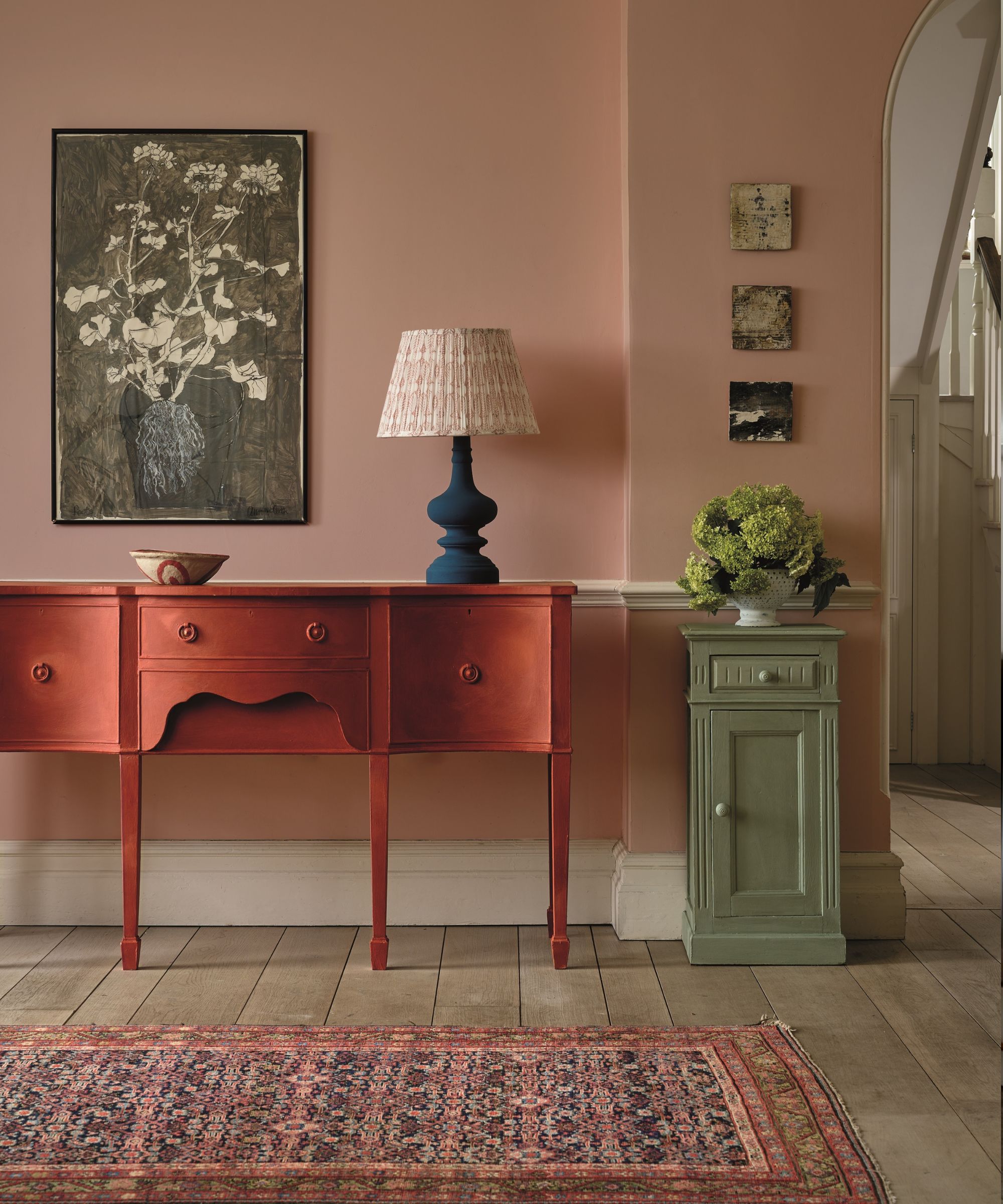
When searching for furniture to flip don't be put off by the finish of a piece as this can easily be covered over - focus on the shape and quality.
'My advice is never look at a piece you find in a junk shop or charity shop as it is, but look at its potential. It might be a horrible color or badly stained or have ugly handles but don’t worry. All of that can be changed with a coat of paint and some new hardware,' advises Annie Sloan.
'You need to be focusing on the quality and shape of the piece. If it’s well made and a nicely proportioned piece, it is ripe for recycling. Pine bedroom sets made in the 1960s, Victorian brown furniture, and mid-century pieces from the 1970s are all good finds.'
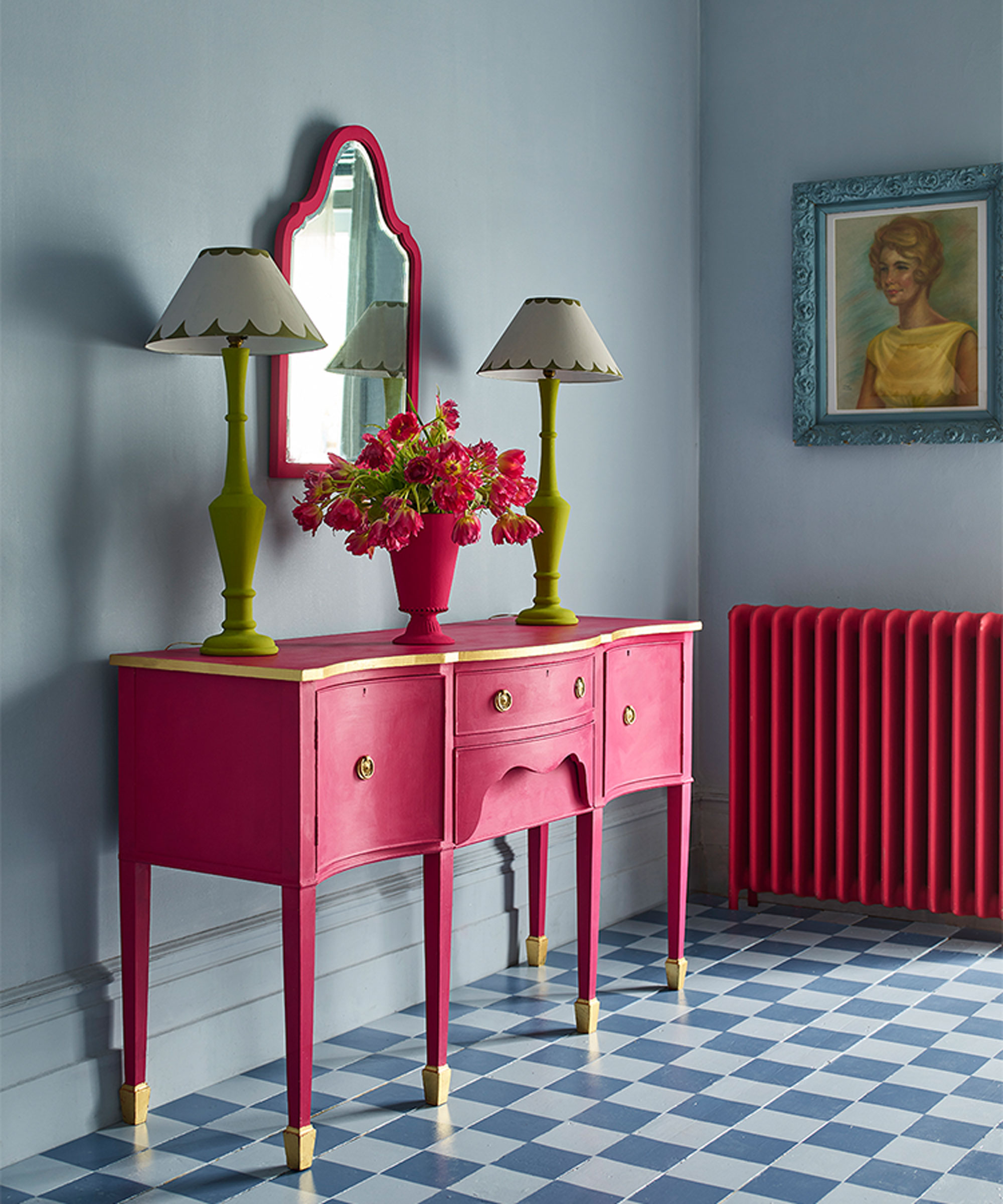
It's also important to take into account the era and design style of a piece, advises Annie Sloan. 'The utility styles of the 1940s with their square feet and rectangular shapes work well in modern homes, curved bigger pieces often work best in country houses and ornate pieces with lots of molding are best in period homes. I think Art Nouveau and Art Deco pieces from the 1920s and 1930s only really work in houses of that period because they are such distinct styles.'
‘I look out for anything made from solid wood, anything with an interesting shapely leg, and mid-century modern pieces,’ adds Megan Yardley.
3. Go for dated pine furniture
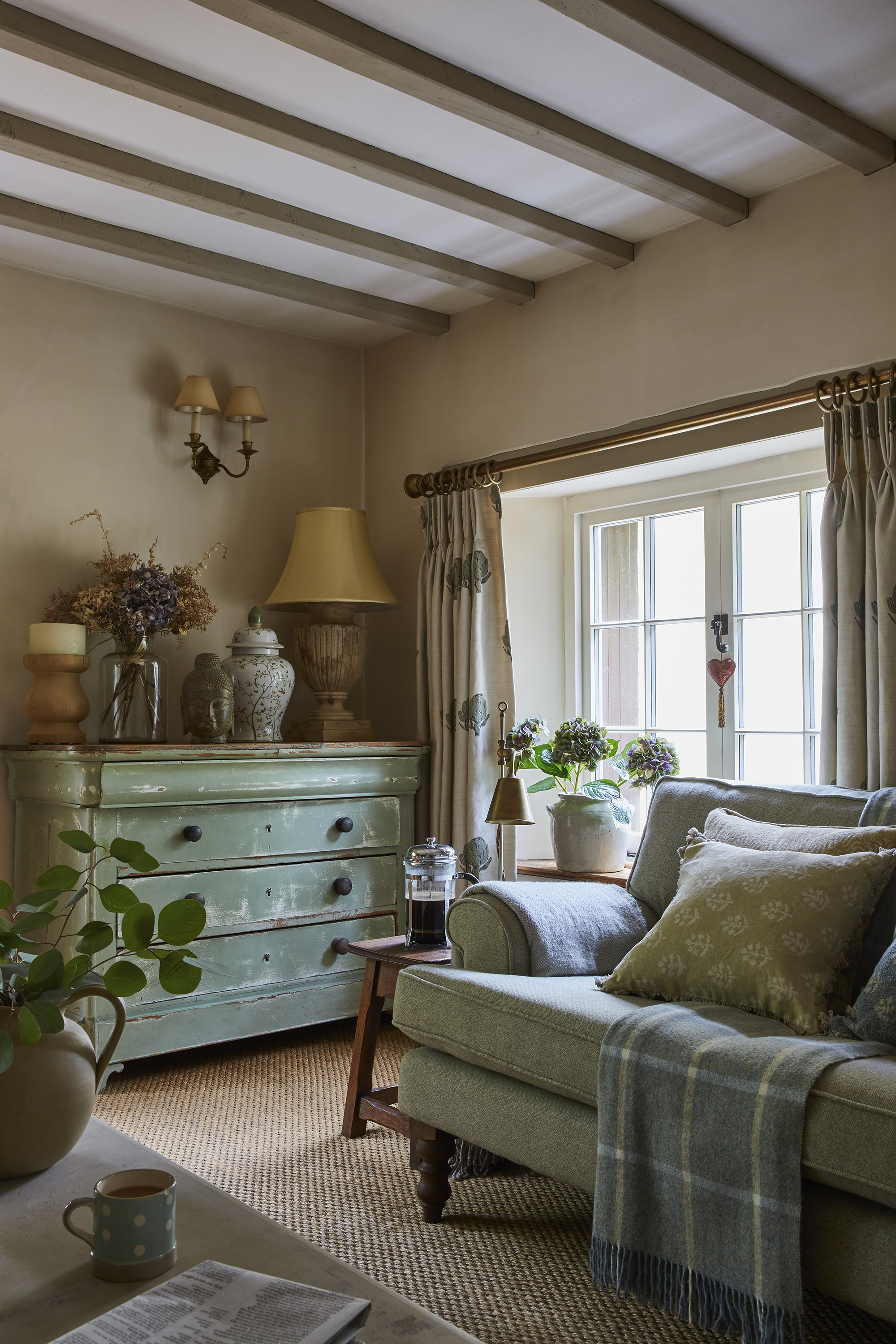
Genuine Victorian pine with beautiful weathered patinas can be sought after, but there’s a wealth of more recent pine furniture – often with highly varnished finishes – which have fallen out of favor. Despite their orangey finish these pieces are well made and can be easily revived with some TLC and a lick of paint.
‘New 'orange' pine pieces look fantastic painted, and more recently popular in the upcycling world is adding a stain, gel or paint wash to the wood, to get rid of the orange tones and achieve a lighter blonde tone, to suit a more modern style of decor in the home,’ says Megan Yardley.
‘Interestingly, pine furniture was actually meant to be painted,’ says Kate Elwell, founder of Master the Art and specialist in decorative paint finishes. ‘It’s only in the 60s people started stripping and waxing it. Therefore, if you come across any pine furniture please don’t feel any guilt at all when you paint it!’
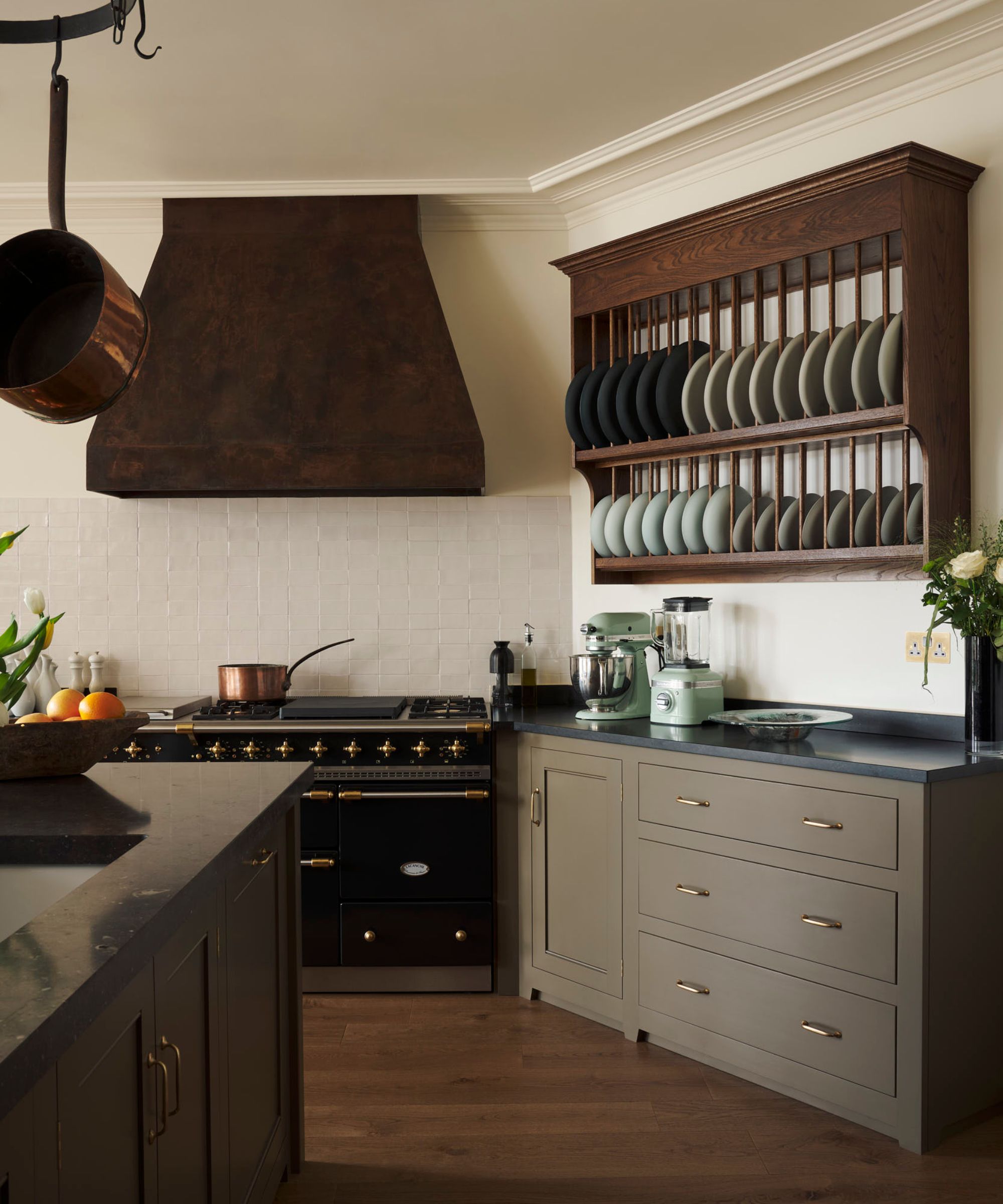
Upcycling or 'flipping' vintage furniture and collectibles picked up from thrift stores, yard sales, or sourced online on eBay or Facebook marketplace is a great way to make a unique and creative statement in your home. From small wooden lampshades and waste paper bins to large kitchen dressers, there are all sorts of unwanted vintage pieces which can make beautiful focal points with a bit of imagination, paint, lacquer or new hardware - the options are really endless.
Generally, it's best to avoid altering pieces that are genuine antiques dating to the early 19th century or older - where possible leave the restoration of these to the experts. It's also worth preserving pieces that are in good condition, valuable or collectible as you could risk devaluing them by customizing them. If you find a genuine antique piece that is a fine example of a design style or era then always try to preserve and repair it where possible.
Alternatively, inexpensive pieces such as pine furniture from the 1960s onwards make wonderful pieces for upcycling. These are commonplace and can be picked up easily so you can have the freedom to be creative. Ultimately, there are no rules and it's all down to your personal taste and budget.
‘I believe when you choose to have a piece of furniture in your home it's entirely yours to do what you want with it and if you want to add paint to match your personality, go for it!’ advises Megan Yardley, creative furniture upcycler and founder of Mole & Velvet. ‘I've heard opinions that upcycling devalues furniture but that's not the case for all pieces – those damaged or deemed 'out of fashion' make perfect upcycling projects!’

Pippa is a contributor to Homes & Gardens. A graduate of Art History and formerly Style Editor at Period Living, she is passionate about architecture, creating decorating content, interior styling and writing about craft and historic homes. She enjoys searching out beautiful images and the latest trends to share with the Homes & Gardens audience. A keen gardener, when she’s not writing, you’ll find her growing flowers on her yard for styling projects.